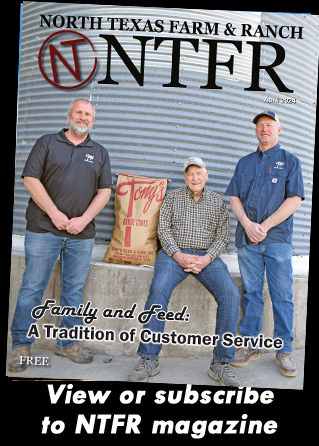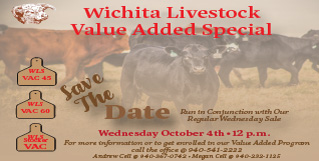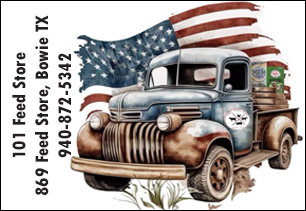Farm & Ranch
Meanwhile, Back at the Ranch
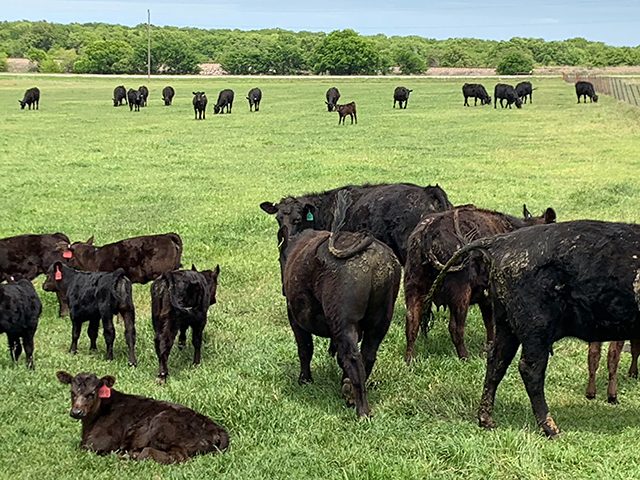
By Rayford Pullen | [email protected]
Seems like only yesterday that we were so excited to see spring finally roll around, but here we are expecting the first freeze of the year which usually comes around the middle of November for us in north central Texas.
What happens to our grass quality, for those that have grass, when this occurs? The quality doesn’t decrease immediately when a freeze occurs but actually declines over a period of two weeks or so. If we have grass, it will be around the first of December before we will begin feeding a protein supplement and or hay. This will usually continue for 120 days or until about the first of April.
As I mentioned in an earlier article, we doubled our acres of ryegrass and clover this year and with each month of grazing we get between the first December and the first of April, we will be saving approximately $120 per cow. After that, we will be able to let our grasses rest until around the first of June while grazing winter annuals that are at their highest quality and quantity. For our fall-born calves, we would expect gains of three pounds per day for at least 100 days for a total of 300 pounds and at two dollars, that’s worth $600. If these calves were weighing 400 pounds going on the winter annuals, we are looking at calves that, based on today’s market, will be worth $1,500 to $1,700 per head.
To read more, pick up a copy of the November issue of NTFR magazine. To subscribe by mail, call 940-872-5922.
Farm & Ranch
Hazards of Backyard Poultry
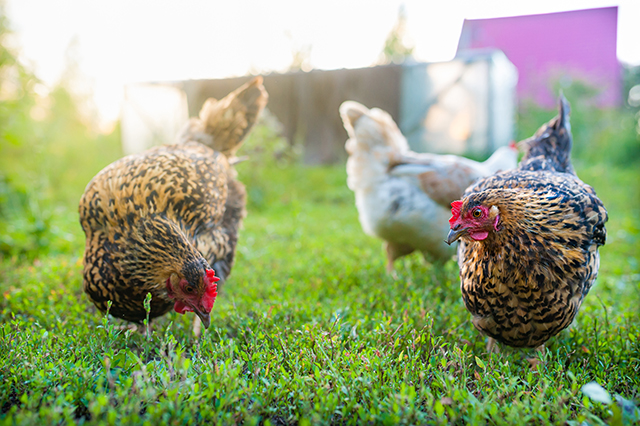
By Barry Whitworth, DVM
Having backyard poultry is a popular agriculture enterprise. According to the United States Department of Agriculture, 0.8 percent of all households in the United States have chickens. People keep chickens for a variety of reasons with table eggs being one of the more common reasons.
Unfortunately, some of these poultry producers are not aware of the hazards that come with keeping poultry because many times they carry pathogens but appear healthy.
Chickens are carriers of several zoonotic diseases. These are diseases that can be passed from animals to humans. According to a recent survey in Pennsylvania, a majority of backyard poultry producers were aware of the dangers of avian influenza. However, this study also revealed that far fewer producers were aware of the risk of possible exposure to Salmonella and Campylobacter.
The lack of knowledge about the hazards of raising poultry likely contributes to the continued issues of Salmonella outbreaks associated with backyard poultry. In 2023, the Centers for Disease Control and Prevention reported 1,072 illnesses of Salmonella linked to backyard poultry, and 272 of those patients required hospitalization. Oklahoma reported 43 individuals with the disease.
To read more, pick up a copy of the April issue of NTFR magazine. To subscribe by mail, call 940-872-5922.
Farm & Ranch
Ag Elsewhere: Wyoming
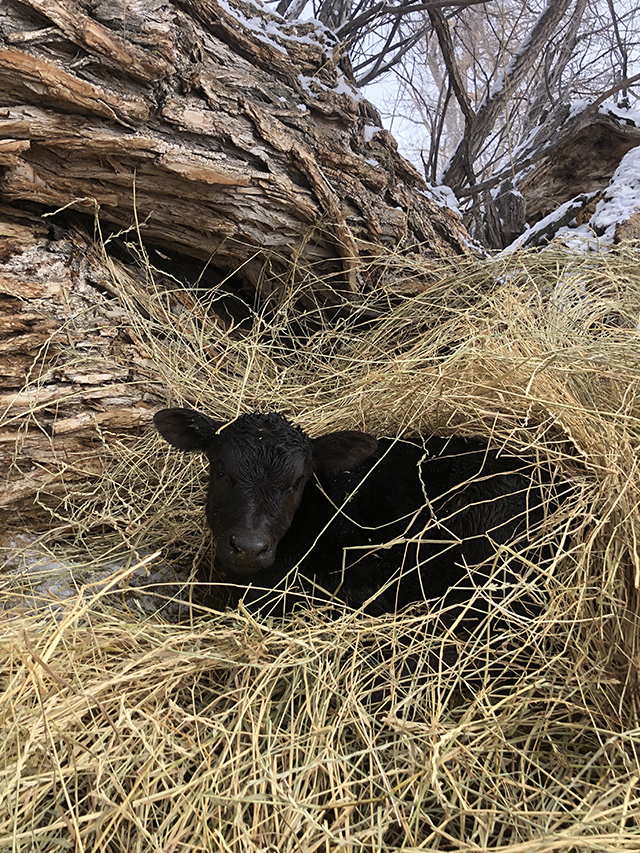
By Tressa Lawrence
Babies are tucked away in every nook and cranny. Many ranchers across Wyoming have baby animals popping up all over this time of year.
Farm & Ranch
Ag Elsewhere: Montana
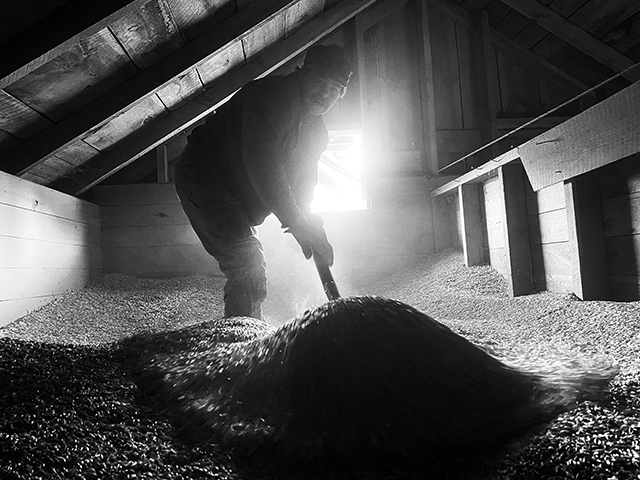
By Lindsey Monk
Another load of grain in to keep feeding the calves until the green grass can really start popping.
-

 Country Lifestyles1 year ago
Country Lifestyles1 year agoScott & Stacey Schumacher: A Growth Mindset
-

 Equine7 months ago
Equine7 months agoThe Will to Win
-

 Country Lifestyles7 years ago
Country Lifestyles7 years agoStyle Your Profile – What your style cowboy hat says about you and new trends in 2017
-

 Country Lifestyles4 years ago
Country Lifestyles4 years agoAmber Crawford, Breakaway Roper
-

 HOME7 years ago
HOME7 years agoGrazing North Texas – Wilman Lovegrass
-

 Country Lifestyles7 years ago
Country Lifestyles7 years agoDecember 2016 Profile, Rusty Riddle – The Riddle Way
-

 Country Lifestyles8 years ago
Country Lifestyles8 years agoJune 2016 Profile – The man behind the mic: Bob Tallman
-

 Outdoor9 years ago
Outdoor9 years agoButtercup or Primrose?

